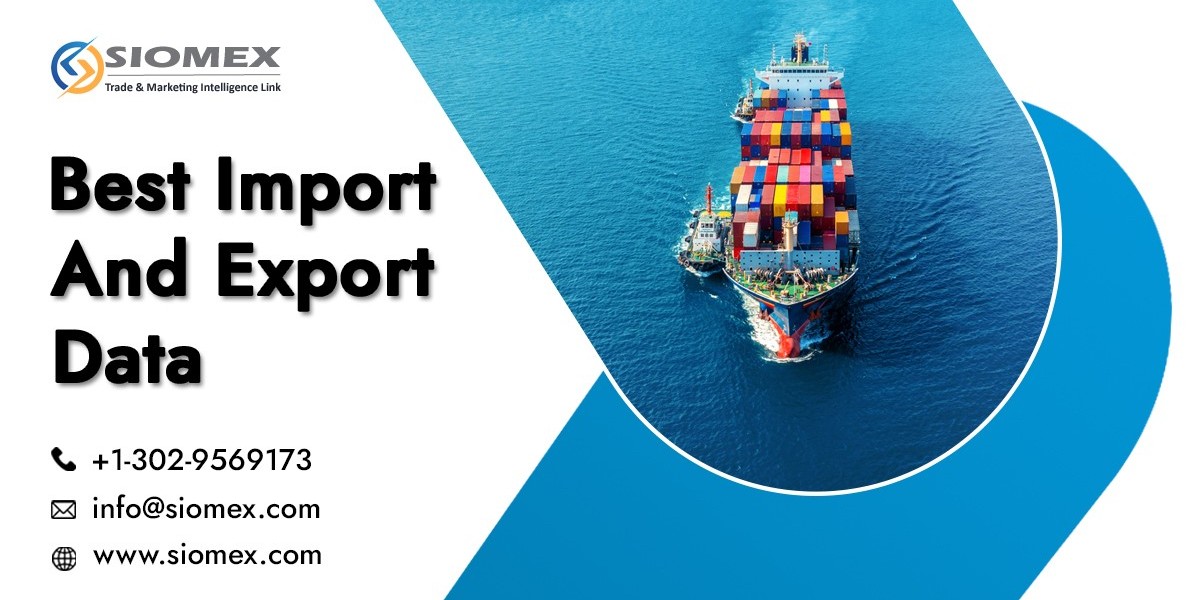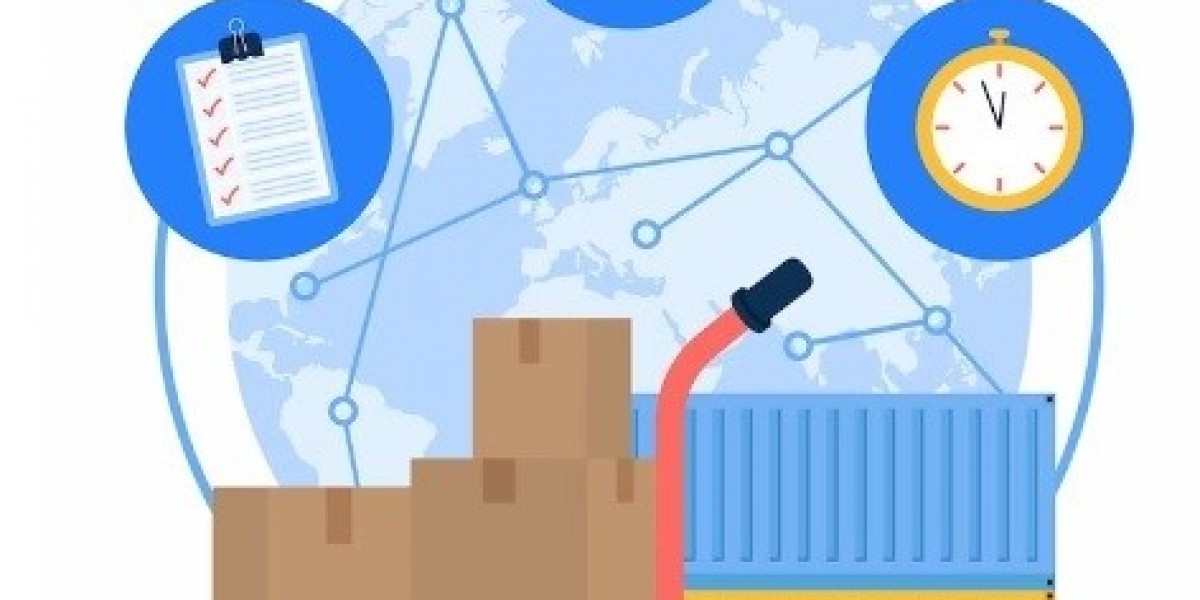Shipping products overseas seems easy pack them, send them, and deliver them. However, international trade in real life has customs regulations, which facilitate legal and smooth exchanges between nations.
If companies disregard these regulations, they risk delays, penalties, or even confiscation of goods.
Knowing customs rules prevents traders from getting into trouble and keeps goods flowing. As a small business or a big exporter, understanding the fundamentals saves time and money.
This book simplifies customs rules into easy-to-understand language, so you can trade worldwide without unwanted hassles.
What Are Customs Regulations?
Customs laws are regulations imposed by governments to regulate the import and export of commodities.
They are in place to guarantee safety, raise revenue, curb illicit trade, and safeguard local industries. All nations have their own customs laws, but most adhere to some general principles.
For instance, if you are importing electronics into the U.S., you have to declare the goods, pay duties (import charges), and adhere to safety regulations. If you omit any step, customs can detain your shipment until you do so.
Important Features of Customs Regulations
1. Documentation Requirements
All shipments require proper documentation. Incomplete documents can slow down delivery or incur additional expenses. Typical documents are:
Commercial Invoice – Details product information, value, and buyer-seller details.
Packing List – Lists packaging information, weight, and size.
Bill of Lading (BOL) – Agreement between carrier and shipper, establishing ownership of shipment.
Import/Export License – Necessary for certain items such as chemicals or medicines.
Certificate of Origin – Indicates where the goods were made.
Consulting a trusted source such as Siomex, an import-export data supplier, can assist you in obtaining accurate trade information, simplifying documentation.
2. Customs Duties and Taxes
Import duties (taxes) are collected by most countries for incoming goods. The tariff varies with product type, country of origin, and countries' trade agreements.
For instance, importing coffee into the European region may have reduced tariffs when the coffee is being imported from a trading partner nation.
Importing high-end products may be subject to high duties, though.
Knowledge of tariffs ahead of time avoids unexpected expenses. Most companies review duty rates on customs websites or use trade data providers such as Siomex for information.
3. Prohibited and Restricted Goods
Not everything can pass across borders unencumbered. Some items need special clearance, while others are prohibited.
Examples of restricted goods:
Pharmaceuticals (require approvals and testing reports)
Agricultural products (might need health certificates)
Electronics (might require safety inspections)
Examples of prohibited goods:
Illegal drugs
Endangered animal products (such as ivory)
Weapons and explosives
Prior to shipping, companies ought to confirm their products' status with customs officials or trade information sources such as Siomex.
4. Customs Valuation and HS Codes
Each product possesses a specific Harmonized System (HS) Code, which aids in classifying goods for taxation purposes. HS codes are globally standardized to ensure uniformity.
For instance:
Fresh apples may have the HS code 080810.
Cotton fabric may have HS code 520812.
Customs duties are based on this classification. Misdeclaration of a product (either accidentally or intentionally) may result in penalties. Traders usually refer to databases or specialists such as Siomex to obtain the proper HS codes.
5. Customs Clearance Process
Customs clearance is the procedure of obtaining goods cleared for entry or exit. It includes document verification, payment of duty, and physical inspection at times.
A simple customs clearance process appears as follows:
Submit Documents – The exporter/importer presents invoices, licenses, and other documents.
Duties Calculation – Customs calculates and charges duties/taxes.
Goods Inspection (if necessary) – Customs officials can inspect goods for accuracy and safety.
Approval and Release – If all is well, customs releases the shipment.
Engaging a customs broker or utilizing data services such as Siomex can make this easier, with compliance.
Common Customs Challenges and How to Overcome Them
1. Delays Due to Incomplete Documentation
Most shipments are delayed due to missing or incomplete paperwork. Double-check documents prior to shipping to prevent this.
2. Excessive Import Duties
At times, unforeseen duties drive up costs. Prechecking duty rates or looking into trade agreements can cut costs.
3. Customs Holds and Inspections
Shipments may be held by customs for random inspections. Proper packaging and accurate declarations reduce the chances of this happening.
4. Changing Regulations
Customs regulations shift all the time. Companies have to remain informed through tracking trade announcements or accessing resources such as Siomex, which offers current trade information.
How Siomex Facilitates Customs Regulation
Siomex is a trusted source for import-export information that assists companies with customs regulation through the following:
Trade Data Accuracy – Find out what commodities are going into and coming out of markets.
HS Code Classification – Get correct codes to ensure correct misdeclarations.
Customs Duty Insights – Know duties that apply before exporting.
Market Trends – Discover lucrative trade margins.
By having the right data, traders can make better choices, cut costs, and avoid customs problems.
Conclusion
The customs laws may be complex, but dividing them into easy-to-follow steps makes international trade simple. Knowing paperwork, taxes, prohibited items, and clearing procedures enables businesses to export with ease across borders.
By being informed and utilizing trustworthy sources such as Siomex, traders are able to circumvent expensive blunders, hasten deliveries, and increase their global presence.
As a new or seasoned trader, compliance with customs regulations is the key to international business success.
If you desire to make customs processes easy and obtain true trade information, utilize Siomex. Armed with the right information and expertise, international trade is an opportunity, not an obstacle!









